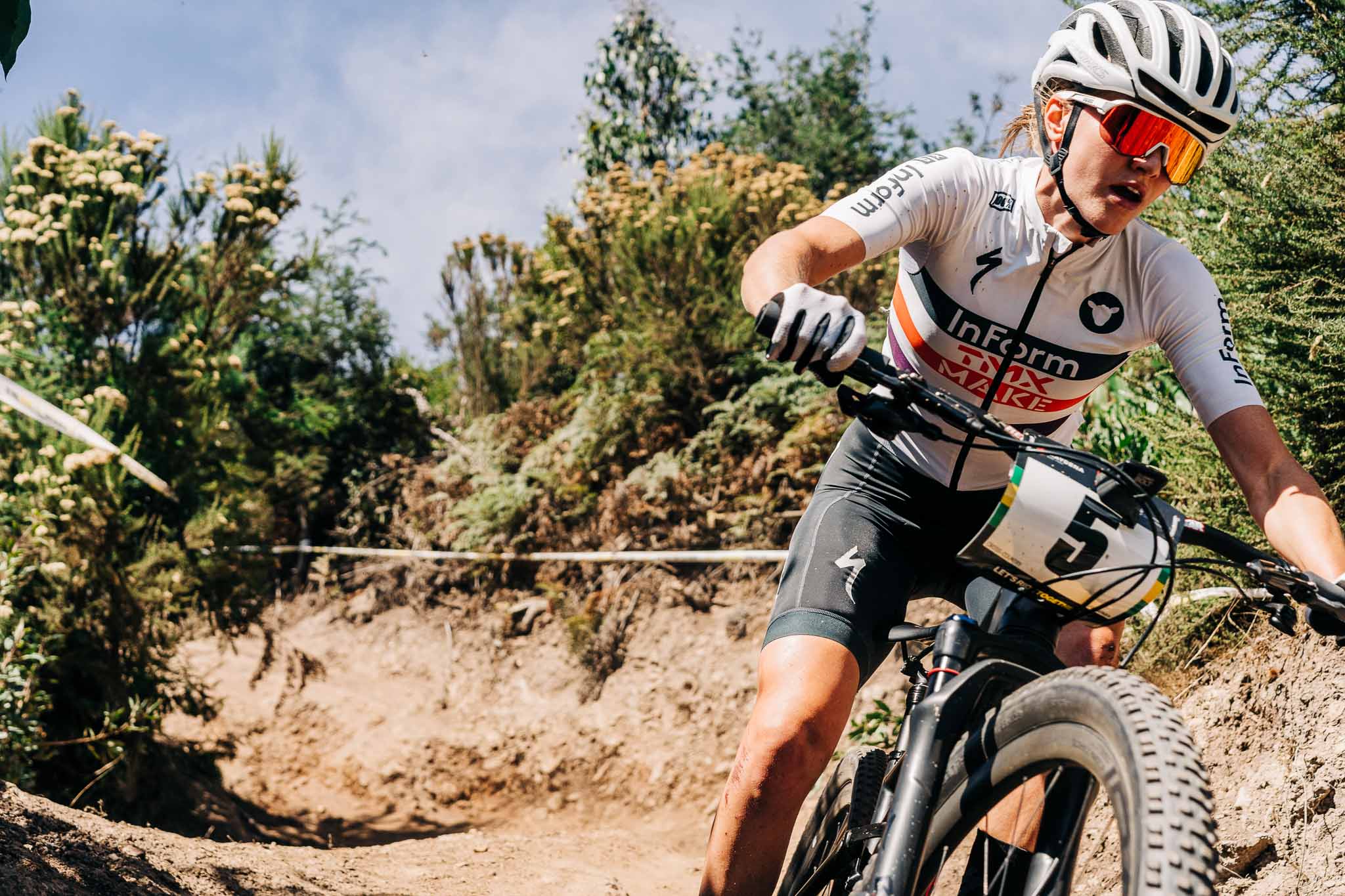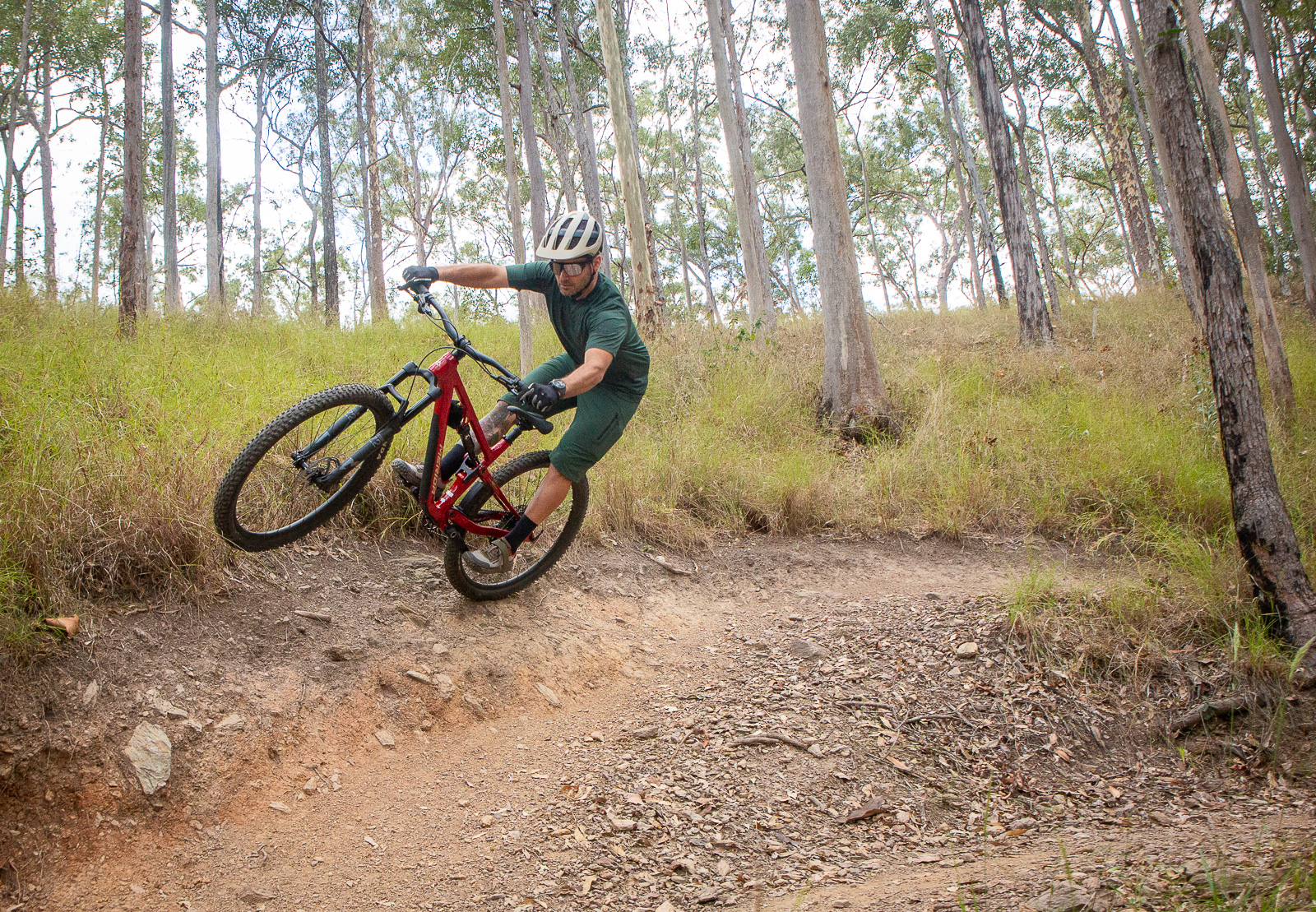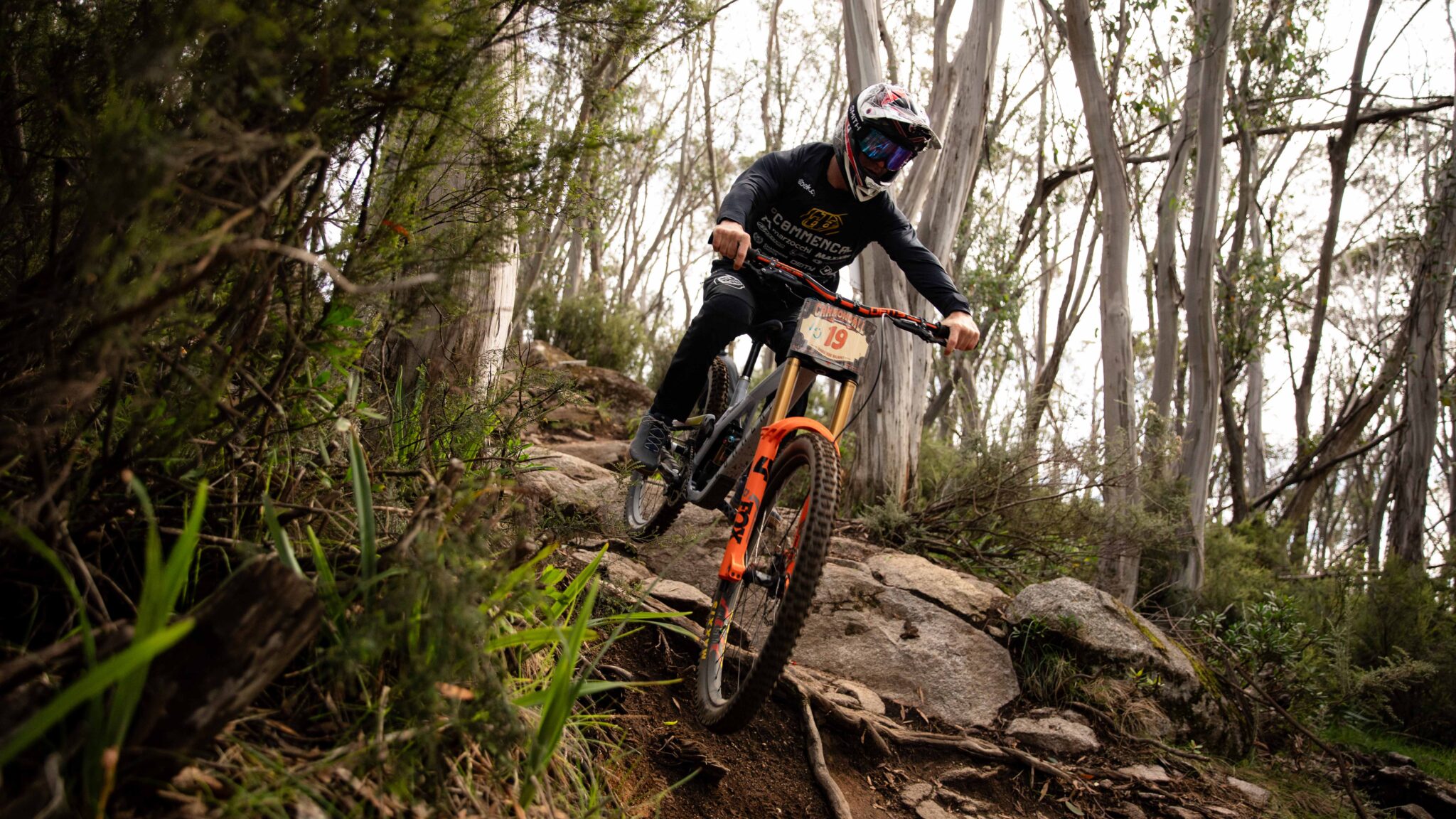FITNESS: How to Manage Training Load to Increase Fitness
Hacks from weekend warrior to elite athletic all stars.
Words: Anna Beck
Photos: Andy Rogers
So you want to get a bit fitter but you’re not sure where to start. Many grand plans to increase fitness start with a fit of motivation, usually followed by a few days of pushing your limits, then finish with a spectacular period of snoozing and beers. If this sounds like you then lean in, we have some useful tips to use your time wisely to manage your training load to increase your fitness in a sustainable manner.

Find your availability
When I chat to athletes I ask them what their availability is. Almost invariably they say they’re available several hours a day, seven days a week. It took a few years of coaching to realise that while everyone would like to be able to ride every day, for most people having a spare 45 minutes here and there and trying to jam sessions in like sardines isn’t conducive to sustainable training. Instead, now I like to survey athletes and riders as to what they are already managing and outline what their usual weekly schedule looks like. Sure, you may have 45 minutes in which you could jam a trainer session in twice a week, but if it’s paired alongside 8 hours of work, commute time, kids' bath, dinner time and other commitments, it may not be the best use of time and can lead to the ‘pressure cooker’ effect of trying to fit too much into a day.
Athletes who have tight schedules, or difficulty managing training, write down their entire week in order to identify feasible times for training: taking into account a 90 minute ride before work requires time to get up and get ready prior, and time to get ready for work/study/the world afterwards: it’s almost always a 2hr+ affair.
Work training into everyday life
Do you have a feasible commute to work? Awesome. A commute is a great way to build some training load into the week, and reduce the added ‘extra’ time that training demands by finishing at work. A 30-minute commute a couple of times a week adds up, and to spice it up you could incorporate some short sprint efforts, or longer time-trial type efforts one way, with an easier return or vice-versa. If you start with one day a week, perhaps a good way to gradually increase training load would be to up the commute to two–three days.Later, move to lengthen the commute (taking some ‘back ways’ or trails on the way to work: what a way to start the day!) or incorporating the intensity mentioned above. Keep it spicy by varying the route and sampling different coffee shops.
If commuting isn’t going to work, or you’re work from home, considering trainer sessions for poor weather (hello east coast of Australia!) or reduced daylight hours in winter can be super useful. My tips? Keep them short if you have to stay on the trainer. Usually you can accomplish a lot in under 60-75 minutes inside, and the lack of freewheeling gives you great bang-for-buck in terms of time on the pedals.
Use a Training Diary
Keep track of your training load by keeping a training diary. This doesn’t have to be online, though there are many options if that’s your jam; a simple spreadsheet or even a notebook will allow you to keep track of your riding.
In order to make meaningful connections between riding and other parts of your life, it’s pretty handy to track rate of perceived exertion, fatigue, your own general feelings/mental state, sleep and nutrition quality. For example, journaling training for a few weeks may show that you’re consistently absolutely bushwhacked during your really hard session on Wednesdays, which takes place after a gruelling 10hrs at work. Maybe there are better ways to optimise that session, in terms of timing or duration, or its placement in the week (ie: putting it in the morning or on a less demanding day), or really looking at supporting sleep and nutrition around these key sessions to ensure they’re less mentally annihilating, and more beneficial to your fitness goals.
From these lo-fi options, the next step for many people would be heart rate training with a computer such as a Garmin, Wahoo or Karoo. This allows you to pair up easily with online training software, which can automatically generate a training stress score (or similar weighting), to be attributed to each workout. This can give greater insight into the stress of your session, see the next point on more information about load differentiation.
Tracking the actual load
It’s easy to track hours, and indeed it gives us a good look at general availability and sustainable hours for an athlete when looking through what has been able to be completed. But ten hours on the bike can consist of vastly different training, with different resulting levels of fatigue and fitness.

Stepping it up will likely require a slightly deeper dive into the intricacies of training: in addition to hours we can add Training Stress Scores (or Strava’s Suffer Score, or Today’s Plan’s T-Score), which looks at your threshold heart rate or power, and weights the workout depending on how much time you spent at different intensities. These metrics were brought about in order to quantify different training’s effects on of fatigue and load.
General principles in terms of training load: grow your easy ride volume/duration, then add rides of easy volume (if feasible) prior to amping up the high intensity efforts. Adding a meagre, sustainable amount of volume per week (ie 5-10%) is almost always better than ramping it up massively then falling into a fatigue/stress hole. Consistency brings gains!
When you start to add intensity, think about what you are trying to achieve and what sort of ‘work’ or efforts will achieve it. Going for gravity gold? Increase your number of race-intensity runs steadily across a couple of sessions a week (remainder being easy rides). You can use time in zone charts to see how much time you’re spending at a higher intensity and gradually increase (ie: 4 ‘hard’ runs across two intensity rides in week one, 6 ‘hard’ runs in the two intense sessions in week two, and eight ‘hard’ runs in the third week’s hard sessions.
What is my ideal training volume?
People will often ask me ‘how many hours do I need to race X marathon/stage race/Gravity series’ and the answer requires a bit more information. How many years have you been riding? What’s a sustainable riding volume at the moment? What are your goals for the event (mid pack? Just get through it or toeing the line for a win?). While your ideal training volume is intrinsically linked to your availability, there are other factors at play, and it’s unlikely one stab at the right answer will be correct.
Your ideal training volume will take into account how well you recover, to get the most out of the sessions you’re doing, life and family commitments, work hours and social times. While us coaches peddle that ‘balance is key’, for many athletes at the pointy end balance is a bit of a myth as they work hard to jam it all in, prioritising athletic careers over other parts of their lives; and that’s not sustainable for everyone.
It’s likely if you’re upping your training volume and your friends and family are complaining that they haven’t seen you in a while, or you’re so tired you’re spending all your spare time watching Netflix, or you’re generally very ‘flat’ for a prolonged period of time, your training volume may be too high, and this can be with people riding <8 hours a week! Remember, stress is stress whether it comes from the bike or life, and we have to honour ourselves, family and commitments if we want to make longstanding change.
We subscribe to minimum effective dose theory, so if you’re riding once or twice a week, add a single session for a month or so and see what happens. Check in, is it sustainable? If so, sample a fourth etc. Keep making space for other parts of your life, and be honest and open with what’s going on, taking heed of what those around you have noticed as well.
Other key points for safely getting fitter
Training load, as mentioned, should increase gradually before adding intensity. Then we may need to decrease the volume a little to account for the increasing strain of harder sessions. We need to regularly take stock and have an easier week (in my experience most people fall between a 2:1 work:rest ratio and a 4:1, there is no magic number you have to figure this out!), where your recovery week has a volume of around 60% of your bigger weeks, with a focus on easy restorative riding and fun times.
In addition to this, a few weeks off every year is key for a reset and to build back stronger and better, and last the duration of a race season (if that’s your goal!).
Overuse injuries and burnouts are part of cycling training, but they don’t have to be: they can be mitigated by being conservative with increasing training volumes, and paying attention to recovery and your own mood and ‘mojo’ or enthusiasm for training. Whatever your goal or reason for training, get out there with a bit of a plan that works with your life, and targets your goals, in order to have your best season of riding yet.
Need some gear to assist with training?
Read our Hammerhead Karoo Review
Read our Wahoo Elemnt Bolt Review







